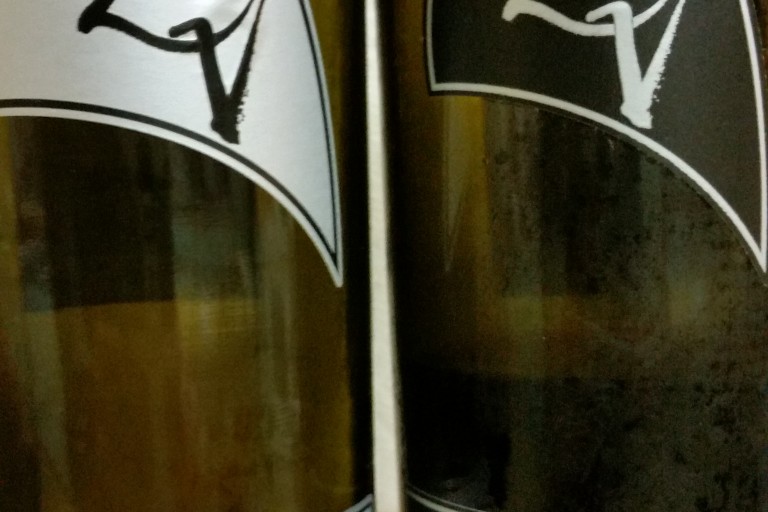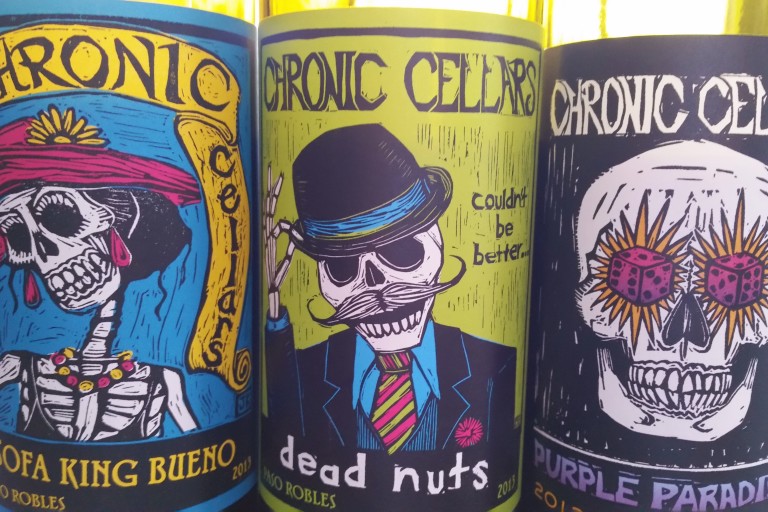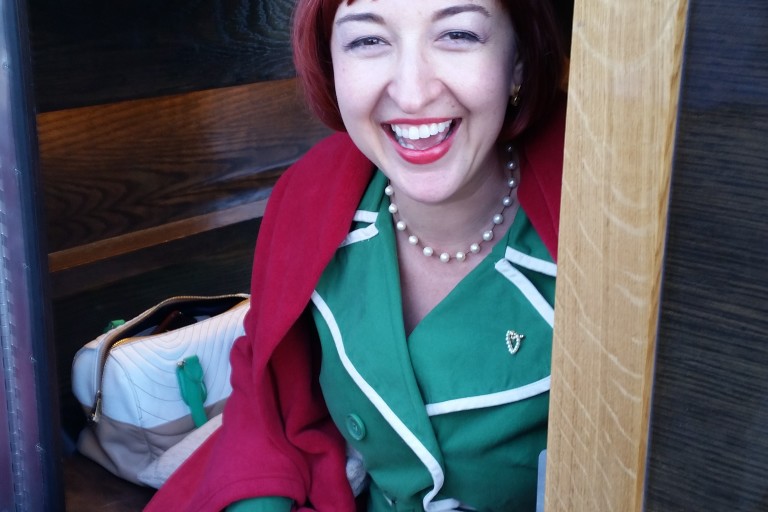
I like to think I’m not a wine snob. So when I heard about mega-popular [yellow tail] ® wines’ Reserve line of course I wanted to try it Luckily, I learned about it through the US distributor, and WJ Deutsch & Sons delivered a sample of all 5 wines.
This is a relaunch of the Reserve, and the marketing campaign is clever: regular label Yellow Tail for ‘any night†and the Reserve for “Date Night†– backed up by their statistics that 90% of Americans like a wine upgrade for special events. Sounds reasonable.
So, what is the wine like? The Pinot Grigio is light and lively, with a hint of tangerine and plenty of lime in both flavor and finish. Fine as an aperitif wine, but too sweet when I kept the glass and tried it with dinner.
More of the self-confessed, unsophisticated wine-drinkers in the house liked the Chardonnay, favorably identifying with both its look (a medium-pale tan-yellow) and its flavors; this Chard is somewhat fruity but is not over-oaked or overly sweet. And it did work with the chicken we had for dinner that night.
The reds were a problem for me because all three were astoundingly similar to each other. So much so that I went back and checked the glasses against the bottles several times. The labels identify them as Merlot, Cabernet Sauvignon and Shiraz, but the visual, aromatic and flavor elements were hard to tell apart.
When drinking one of the reds, if someone accidentally poured you a refill of one of the others, would you notice the difference? Maybe not. But does this matter? Maybe not, at the time, if all the wines are pleasant enough: some fruit, little tannin, berry flavors, non-acidic finish. The Merlot’s fruit is a touch more restrained than the Cab’s; the Shiraz is a tad more exuberant. The wines did benefit from air – I would suggest opening them about a half hour before serving to let the flavors develop – though they remained very similar.
The PR stuff that came with the wines maintains that each wine is made with 100% of the grape on the label, which further mystified me because I had thought their similarities might be explained if the wines were blends. In the US, single-varietal wines must contain 75% of the varietal named on the label; the other 25% can be any other wine grape. The wines I sampled are vintage 2008.
The grapes are sourced from various parts of Australia, then blended. Perhaps that’s the issue. In looking for consistency of flavor for the line, the winemakers have gone too far over the edge and made them all the same, instead of allowing for each grape’s varietal expression in the wine.
If you have a different experience when trying these wines, I’d love to hear about it. The line’s suggested retail price is $12 but I found it heavily discounted online.


